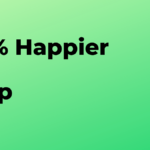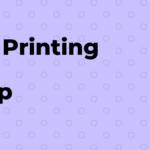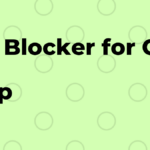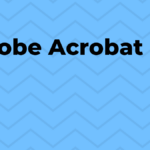There are many reasons why people might need an Adsense app. For example, some people might need it to track their earnings or to manage their ads.
Adsense is an app that allows users to earn money by displaying ads on their websites. The app connects websites with Google Adsense, one of the world’s largest ad networks. When a user clicks on an ad, Google pays the website owner commission for the ad space.
How to use Adsense
There are a few ways to use Adsense. You can place ads on your website, or you can create a blog and place ads on it. You can also place ads on your Facebook page or Twitter account.
How to set up
There is no one-size-fits-all answer to this question, as the process of setting up Adsense will vary depending on your website’s specific requirements. However, some tips on how to set up Adsense on a website include:
1. Choose a Google Adsense partner.
To get started with Adsense, you first need to choose a Google Adsense partner. This is an important step, as it will determine which ads will appear on your website and how much money you’ll earn from them. To find a Google Adsense partner that meets your specific needs, you can use the Google Partners Network (GPN) or use the Google AdSense search bar at the top of the page.
2. Add code to your website.
Once you’ve found a suitable Google Adsense partner, you’ll need to add their code to your website. This code will allow them to serve ads on your site and track how many clicks they receive and what type of ad they are clicked on (text or image). To add code to your website, you’ll need to access a web hosting account and find and install a web editor such as Dreamweaver or Microsoft FrontPage. Once you have installed the editor, locate the file that corresponds with your site’s domain name (for example, www.example.com/adcode) and open it in the editor. Next, locate the following line of code: Next, replace this line with: Note: If you’re using WordPress blog software, be sure to add this code before including any other scripts from third-party providers (such as Facebook plugins). You can also find more information about adding code for Google Adsense here: https://support.google.com/adsense/answer/61416?hl=en&ref_topic=2927591&tbm=isch&tabm=ps If you’re using WordPress blog software, be sure to add this code before including any other scripts from third-party providers (such as Facebook plugins). You can also find more information about adding code for Google Adsense here: 3 . Configure settings in your ad account settings .
After adding the appropriate code and setting up settings in your ad account settings (described below), you’re ready to start advertising! To configure these settings, log into your ad account at https://www2.googleadservicesaccounts.com/. From here, click “Settings” under “Advertising Info.” You’ll then be able to configure things like where ads should appear on your site and how much money you’ll earn per click through ad placement fees paid by Google (see Figure A). Figure A: The Settings page for an individual ad campaign In addition to configuring these settings yourself, you can also manage campaigns through an advertiser management tool such as DoubleClick Bid Manager or 1st Click Campaign Manager . After adding the appropriate code and setting up settings in your ad account settings (described below), you’re ready to start advertising! To configure these settings,, click “Settings” under “Advertising Info.” You’ll then be able to configure things like where ads should appear on your site and how much moneyyou’ll earn per click through ad placement fees paid by Google ().
How to uninstall
To uninstall Adsense, follow these steps:
1. Open Google Chrome.
2. Click on the three lines in the top right corner of the browser window.
3. Click on “Tools” and then “Extensions.”
4. Find and click on the Adsense extension.
5. Click on the “Uninstall” button next to the extension.
What is it for
Adsense is a program that allows website owners to earn money by displaying ads on their websites.apps.
Adsense Advantages
There are many Adsense advantages, but some of the most important include:
1. Low-cost advertising: Adsense is one of the most affordable forms of advertising available. You can start using it to promote your website or blog for as little as $0.10 per click.
2. Flexible ad placement: With Adsense, you can place ads on any page of your website or blog, regardless of where they appear on the page. This means that you can target your ads to specific demographics or interests, and increase your chances of reaching your target audience.
3. High-quality traffic: Adsense ads are typically seen by a large number of people, which means that you’re likely to get a high volume of traffic from them. This can help you reach new customers and build your brand quickly and easily.
4. Easy monetization: With Adsense, it’s easy to generate income from your website or blog through ad clicks and ad impressions (the number of times an ad is displayed). This means that you don’t need to spend a lot of time or money creating and promoting content in order to make money from it –Adsense does all the work for you!
Best Tips
1. Make sure your ads are relevant to your content.
2. Use effective targeting options to reach the right audience.
3. Keep your ads consistent and relevant across all of your content.
4. Experiment with different ad formats and placements to find what works best for you.
Alternatives to Adsense
There are many alternatives to Adsense. Some of the most popular include Google Adsense, Facebook Ads, and Twitter Ads.

Engineer. Tech, software and hardware lover and tech blogger since 2012



















